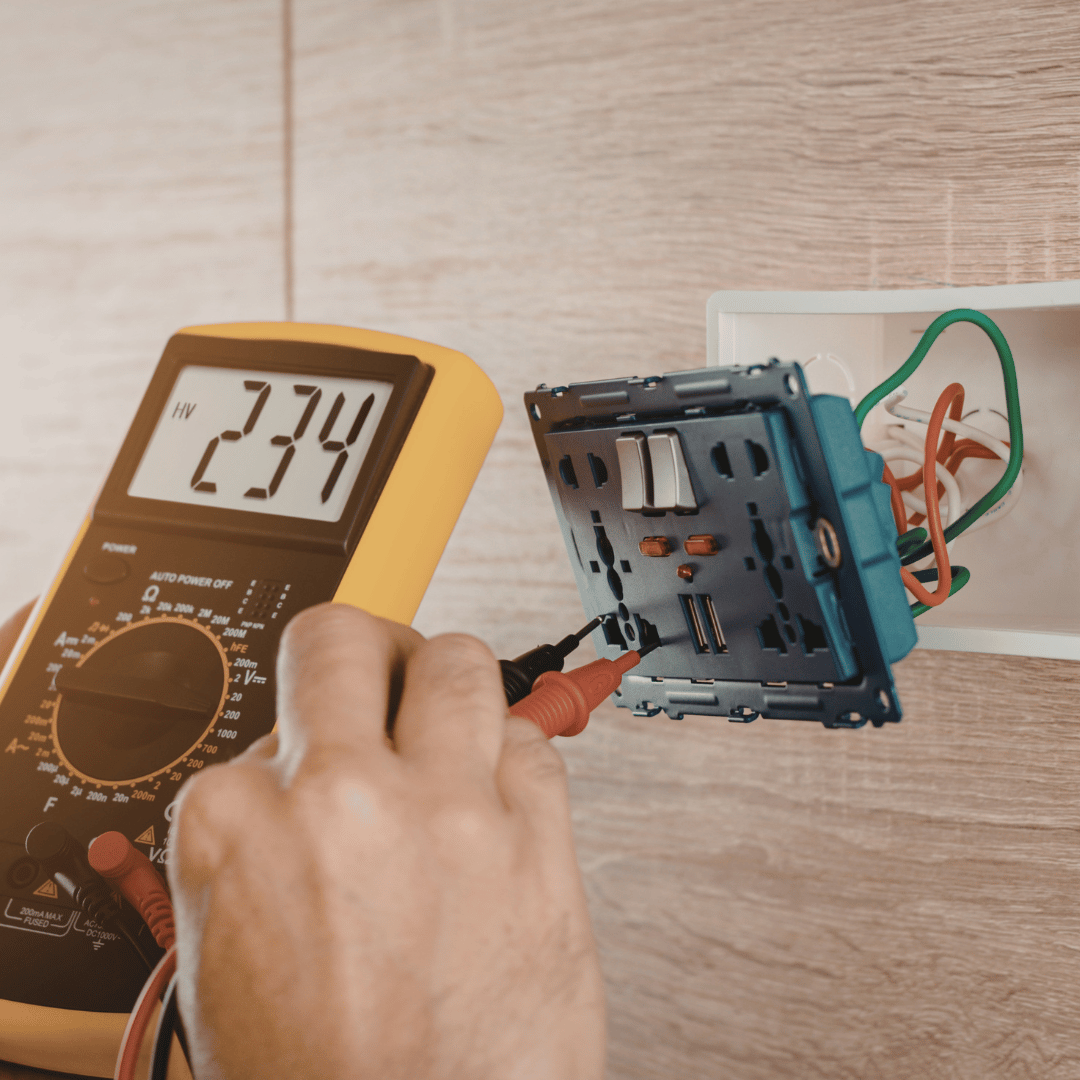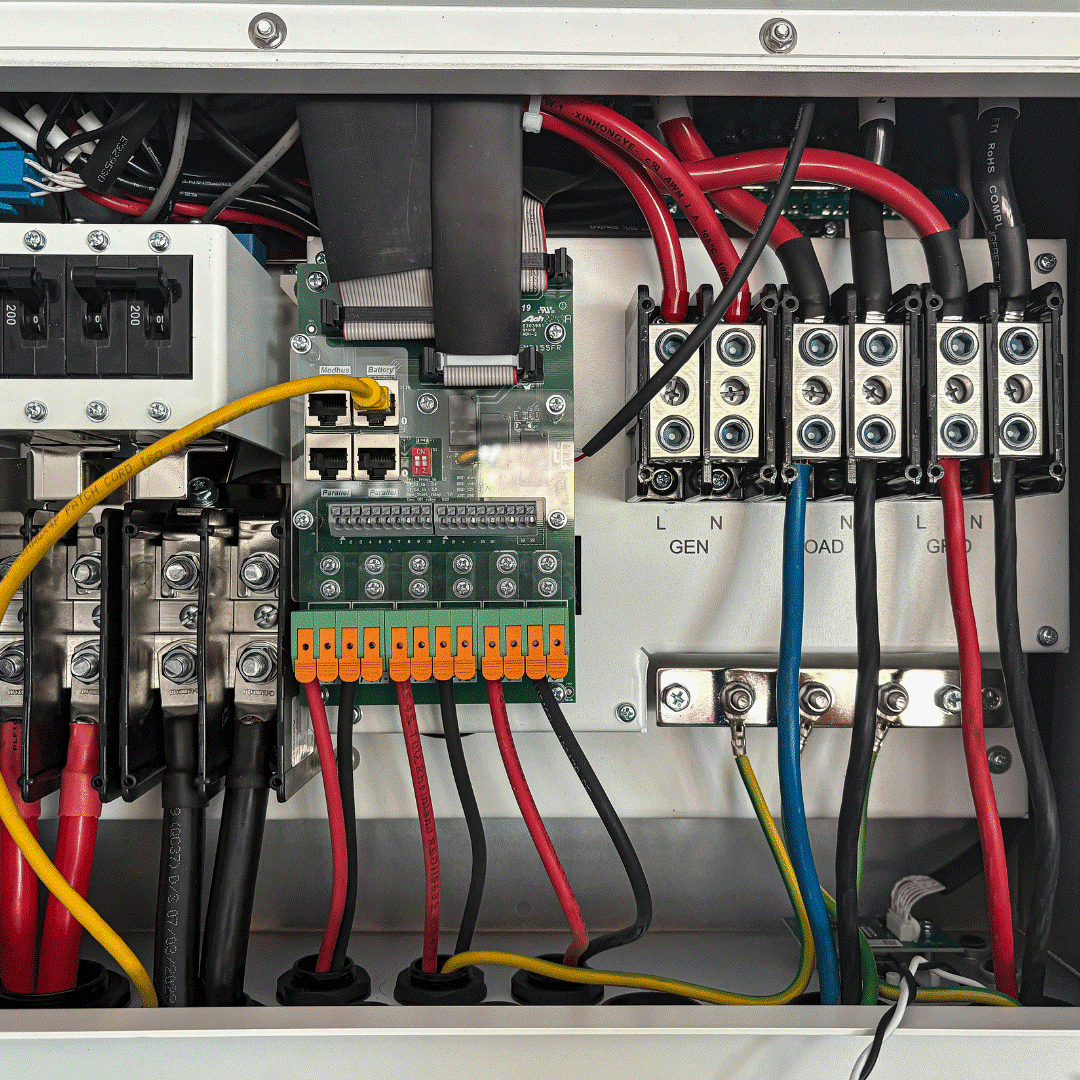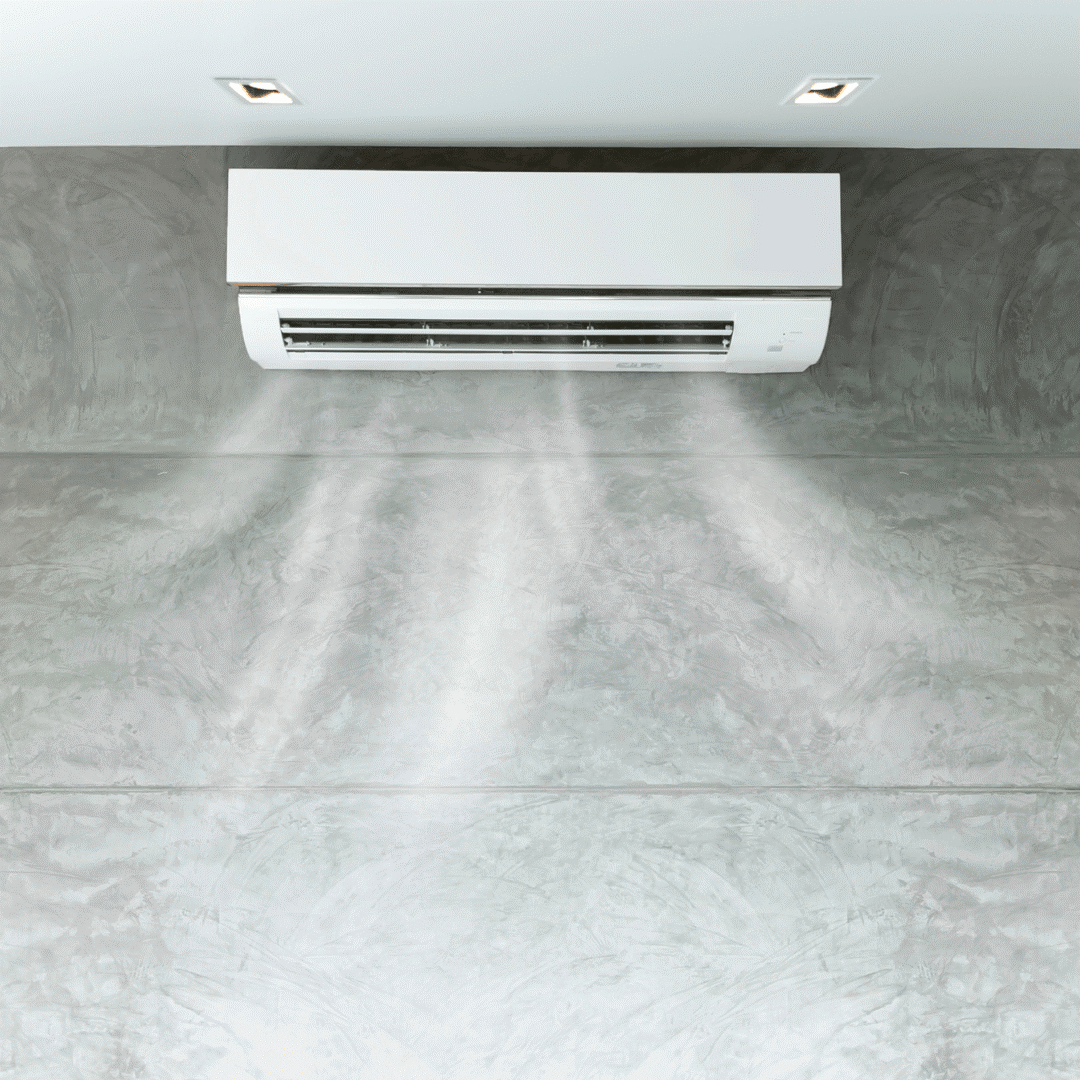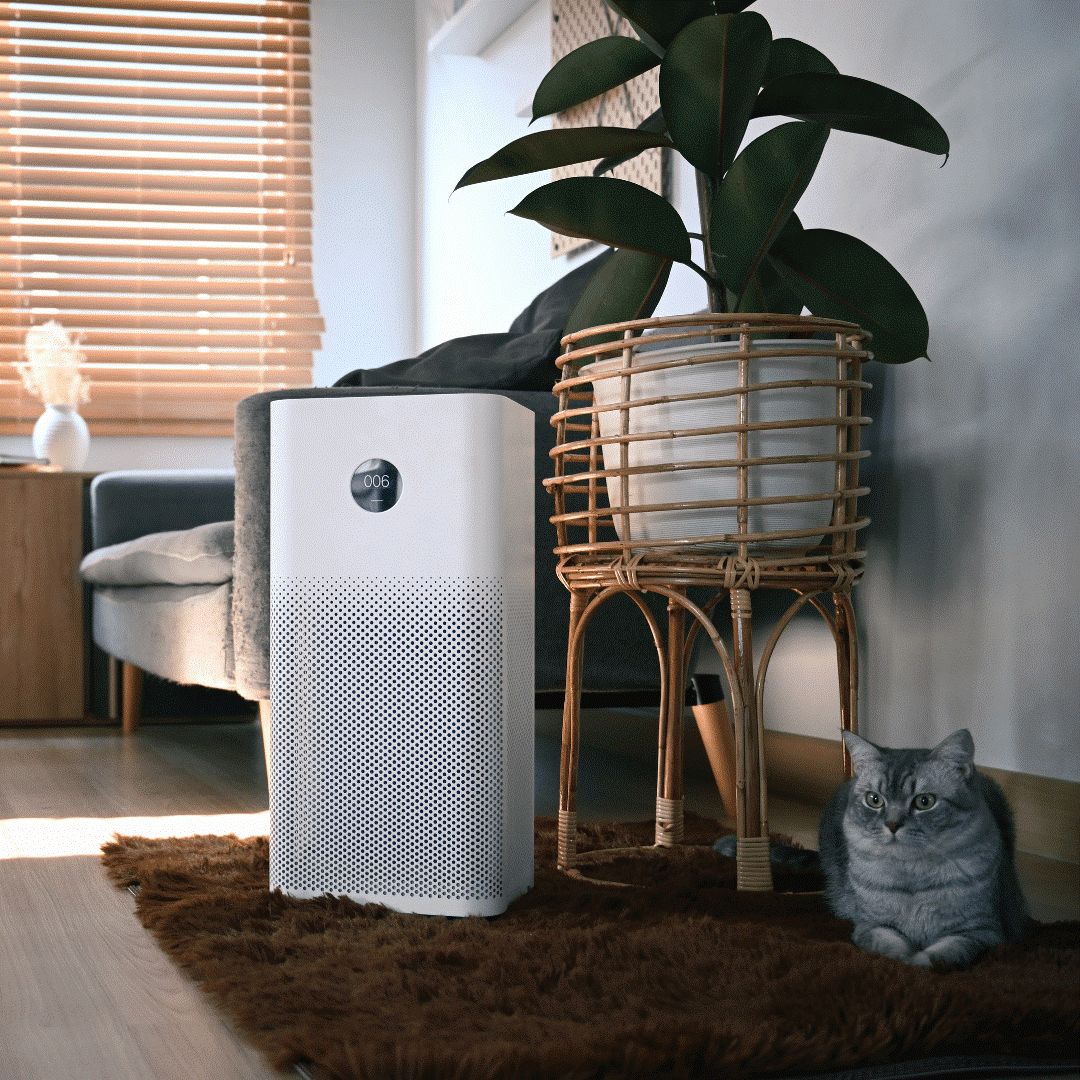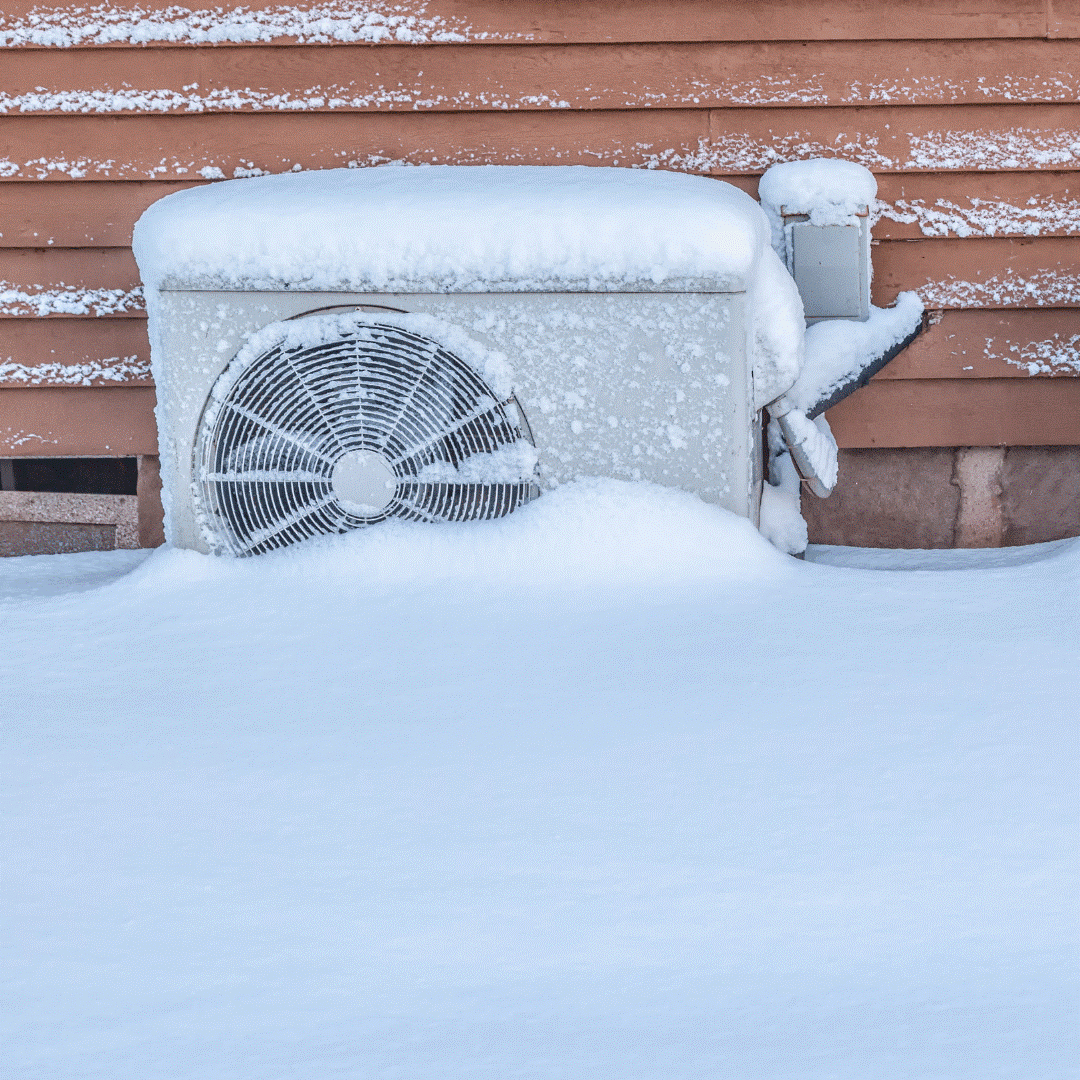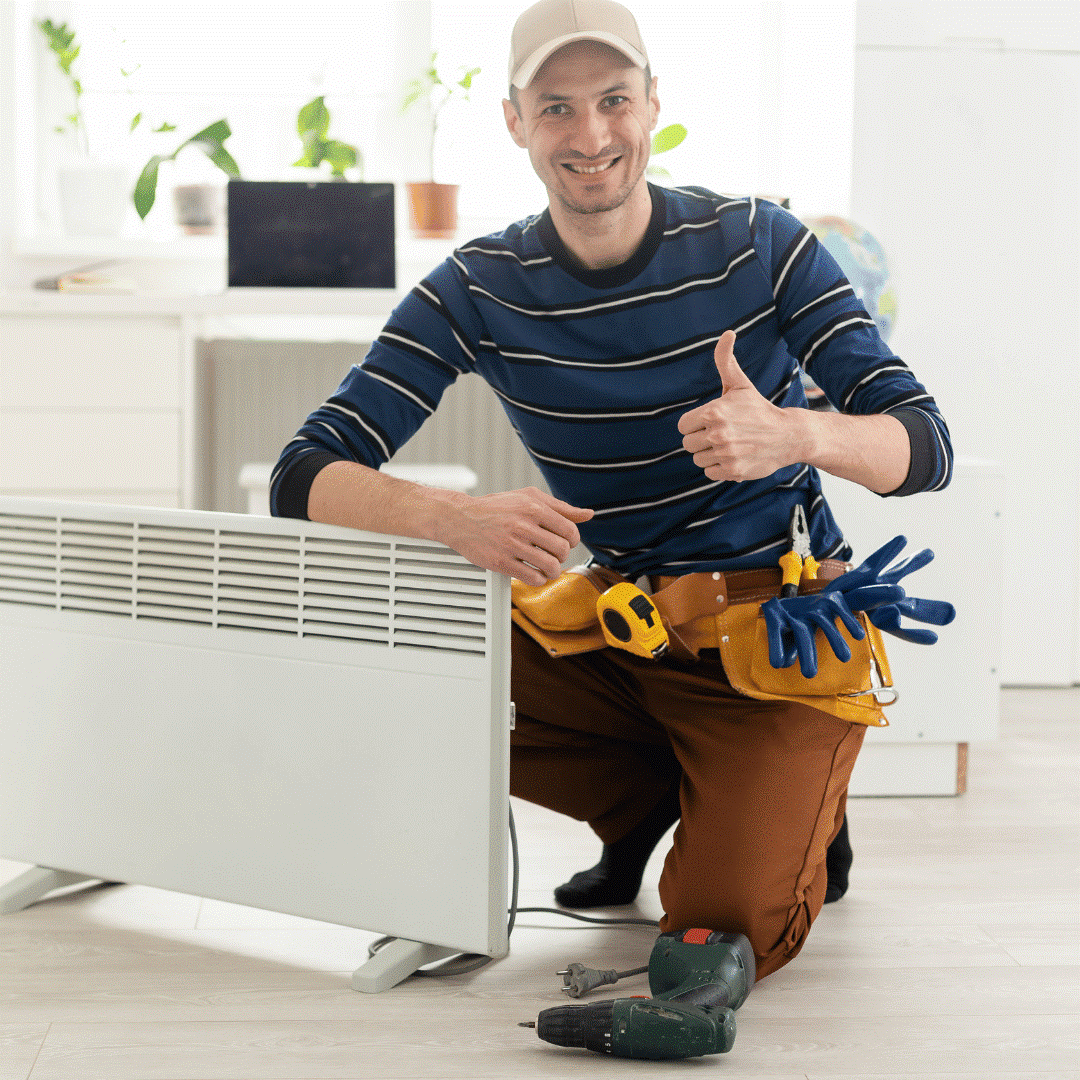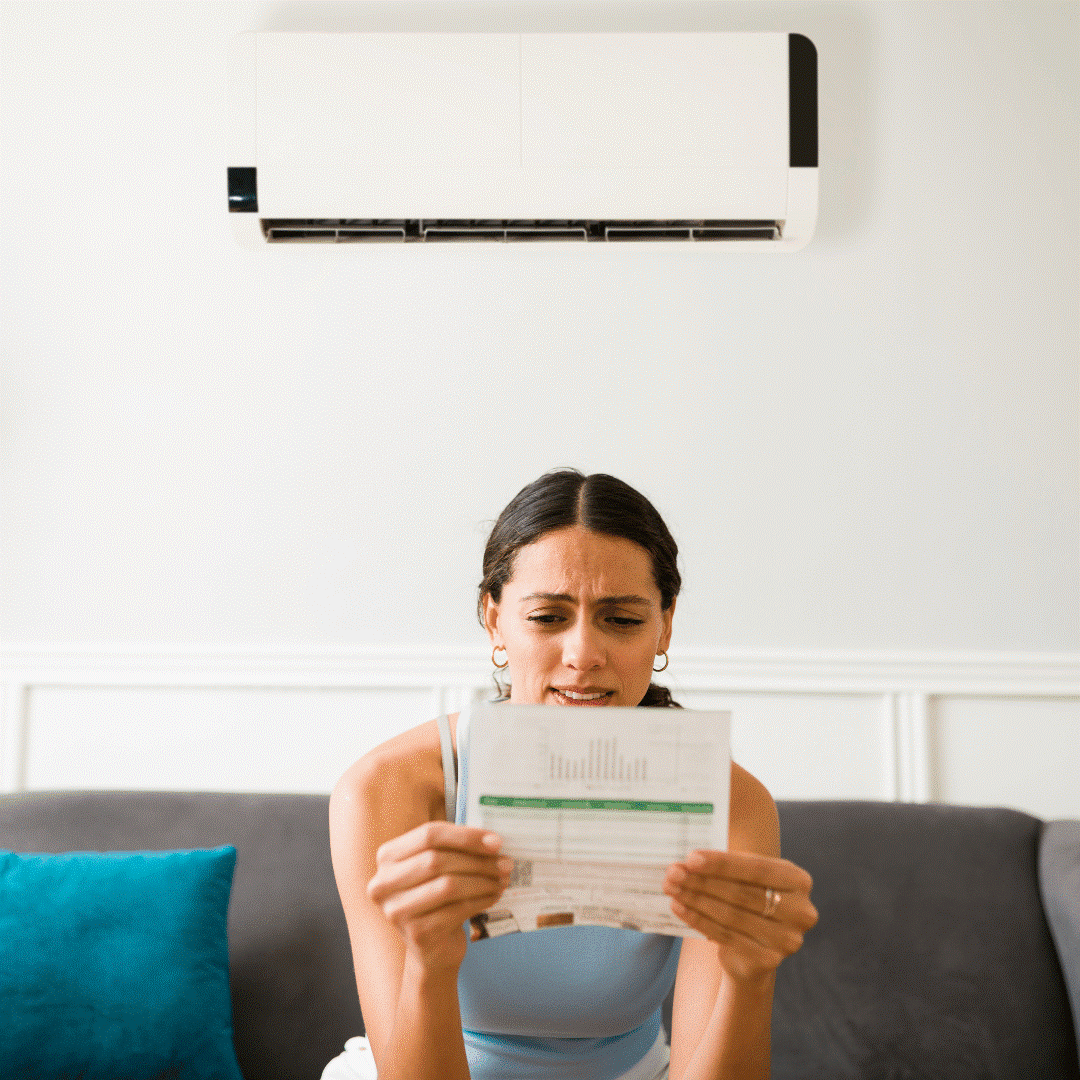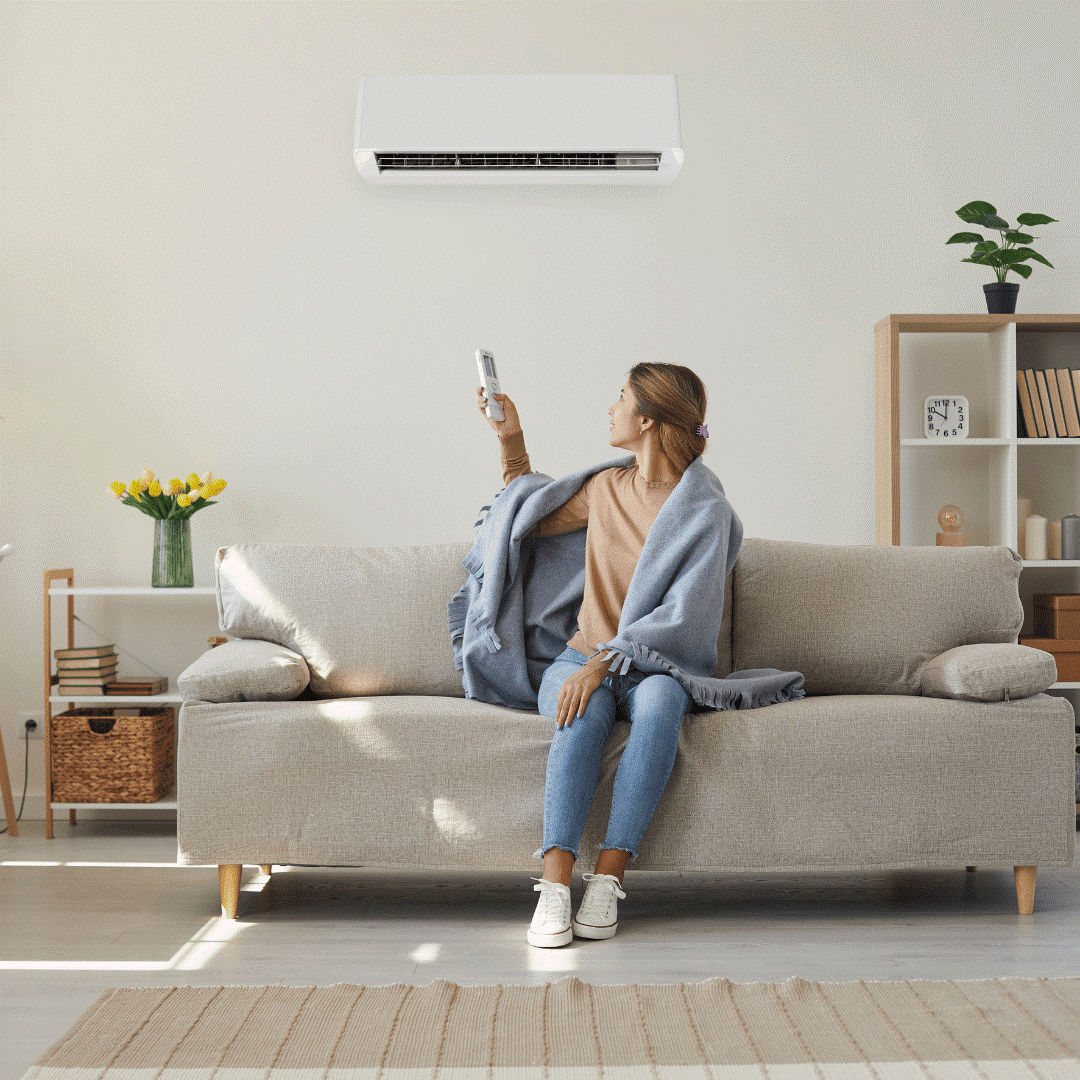Tired of a Hot Upstairs? These HVAC Solutions Will Help!
If your upstairs rooms feel like a sauna while the downstairs stays chilly, you’re not alone. It’s a common frustration for homeowners with multiple floors — and the good news is, it’s fixable.
At Salt Air Heating, Cooling & Electrical, we’ve helped countless homeowners tackle the hot upstairs problem using smart, energy-efficient solutions that work with your home—not against it. In this guide, we’ll explore why your second floor gets so warm, and what HVAC upgrades and strategies can finally bring comfort back upstairs.
Why Is It Hot Upstairs and Cold Downstairs?
Let’s start with the basics: hot air rises, cold air sinks. It’s a simple principle of physics, but when combined with poor insulation, leaky ductwork, or an outdated HVAC system, it can create major discomfort.
Here are a few reasons your upstairs is warmer than it should be:
- Heat naturally rises, especially when there's not enough air movement to circulate it.
- Direct sunlight heats up upper floors during the day, causing heat gain.
- Air leaks in your attic or around windows can pull in more warm air.
- An older air conditioning system might lack the cooling capacity to reach all areas equally.
- A single zone system can’t target specific areas, leading to temperature imbalance.
Improve Insulation to Reduce Heat Transfer
One of the most effective fixes is adding or upgrading your attic insulation. Think ofinsulation as your home’s shield—it reduces heat transfer and keeps cool air upstairs longer.
Insulation plays a vital role in maintaining a consistent temperature between floors. Without it, sunlight heats your roof, and that excess heat seeps down into your upper floors.
At Salt Air, we’ll inspect your insulation and recommend improvements that suit your home’s layout and climate. You’d be amazed how much energy savings can come from simply improving insulation levels.
Seal Air Leaks for Better Efficiency
Next, let’s talk about air sealing. Small gaps around windows, attic access doors, and ductwork can let more warm air in and let cold air out. That means your air conditioning system works overtime to maintain balance—and your energy bills climb higher.
Use weatherstripping, caulk, or have our team handle a complete home energy audit to locate and seal air leaks professionally. Not only will you enjoy cooler upstairs rooms, but you’ll see lower energy usage too.
Upgrade to a Zoned HVAC System
If your current system is a single zone setup, it treats your entire home as one space. That makes it difficult to adequately cool upper levels.
The solution? A zoning system.
Zoning divides your home into areas that can be controlled independently. For example, you can cool the upstairs more during summer without freezing the downstairs.
Zoned HVAC systems use smart thermostats, motorized dampers, and custom settings to send more cool air where you need it most.
Consider Ductless Mini-Splits for Targeted Comfort
For homes where ductwork isn’t practical, a ductless system may be your best bet.
Ductless mini-split systems allow for targeted heating and cooling in specific rooms—ideal for upstairs bedrooms or bonus rooms over the garage that tend to stay hotter.
They’re quiet, efficient, and perfect for creating comfort zones without a full HVAC overhaul.
Repair Leaky Ductwork
If your ducts are leaking, they may be dumping cool air into your attic instead of your rooms. Leaky ducts are one of the biggest causes of uneven cooling and energy loss.
We’ll inspect your system and repair leaky ducts to ensure every bit of cooled air gets where it needs to go. Think of it like patching holes in a boat—you want all the air you’re paying to cool staying inside.
Clean or Change Air Filters Regularly
Sometimes the fix is simple. Dirty filters restrict airflow, reduce indoor air quality, and make it hard for your heating and cooling system to push air to the top floor.
We recommend checking filters monthly and replacing them every 1–3 months. It’s a small step that can make a big difference in how your upstairs feels.
Use Fans and Ventilation to Boost Airflow
Ceiling fans and attic fans are great allies in the battle against excess heat.
Set your ceiling fans to spin counterclockwise in summer—this pushes cool air downward and keeps air moving.
Installing an attic fan helps remove hot air trapped in your attic, which reduces heat gain upstairs. Plus, exhaust fans in bathrooms and laundry rooms help eliminate humidity that adds to the heat.
Program Your Thermostat for Smarter Cooling
A programmable thermostat can optimize how your home cools throughout the day.
You can set it to push more air to the upstairs in the early evening, when sunlight is still warming up the top floor. Or, set schedules for different zones to keep temps balanced on multiple floors.
Many newer thermostats even learn your habits and adjust automatically to improve energy efficiency without sacrificing comfort.
Don’t Let HVAC Issues Go Unchecked
Your air conditioner might not be broken, but if it’s not sized right or maintained, it can struggle. Whether it’s a cooling system upgrade, repair, or routine maintenance, we’re here to help.
At Salt Air, we’ll:
- Assess your current HVAC system
- Recommend residential HVAC upgrades where needed
- Ensure your home has the airflow, cooling capacity, and energy efficiency it needs
Let’s Solve the Hot Upstairs Problem—Together
Dealing with a house hot upstairs and cold downstairs isn't just annoying—it’s draining your comfort and your wallet. Whether it’s sealing leaks, improving insulation, or upgrading to a smarter HVAC system, there’s a solution that fits.
At Salt Air Heating, Cooling & Electrical, we pride ourselves on helping homeowners like you feel confident in their space again. We listen, assess, and deliver HVAC solutions designed to solve real-world problems.
